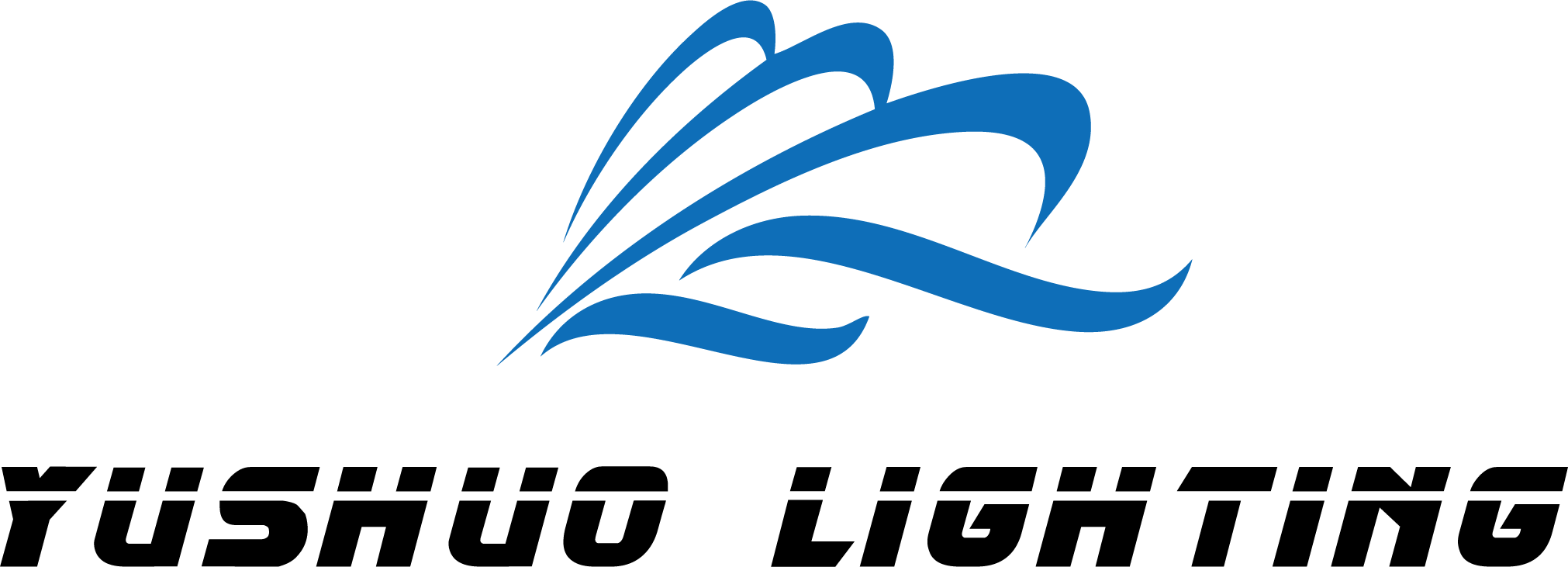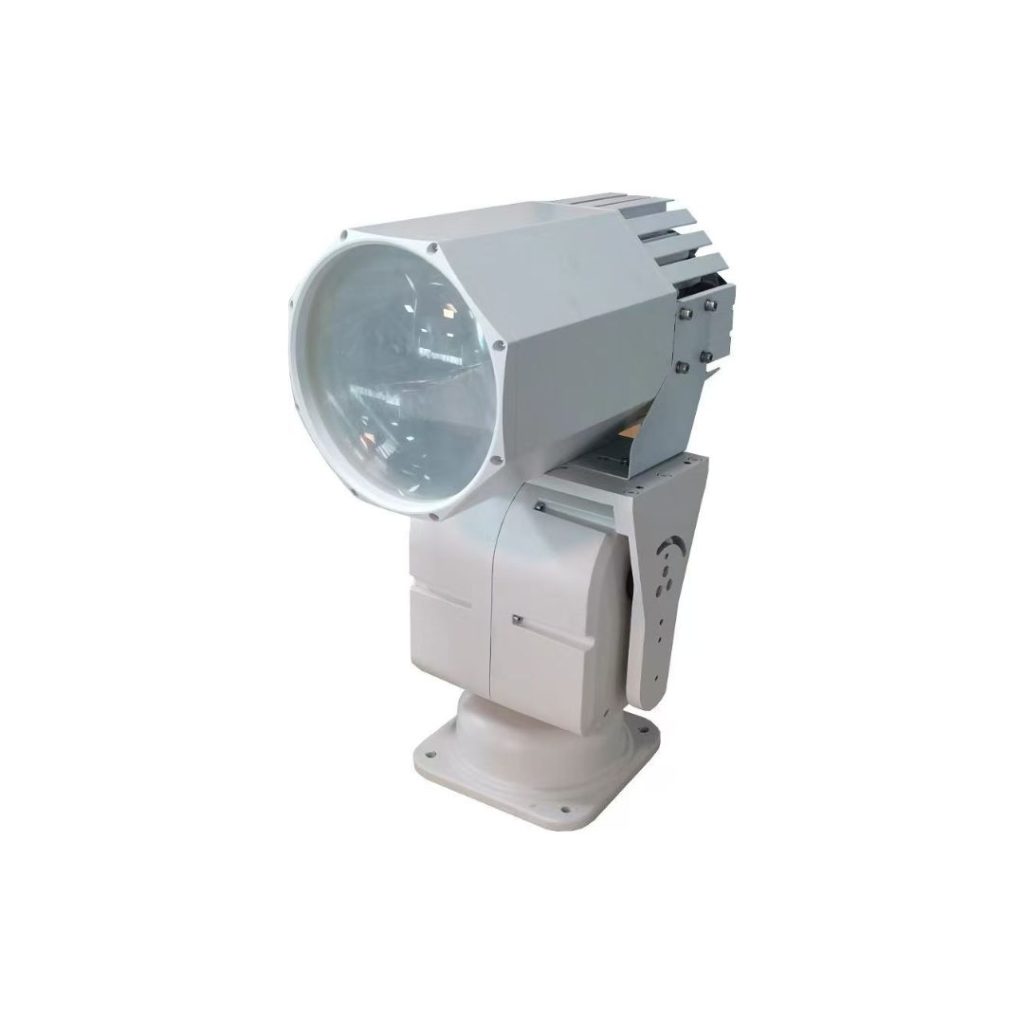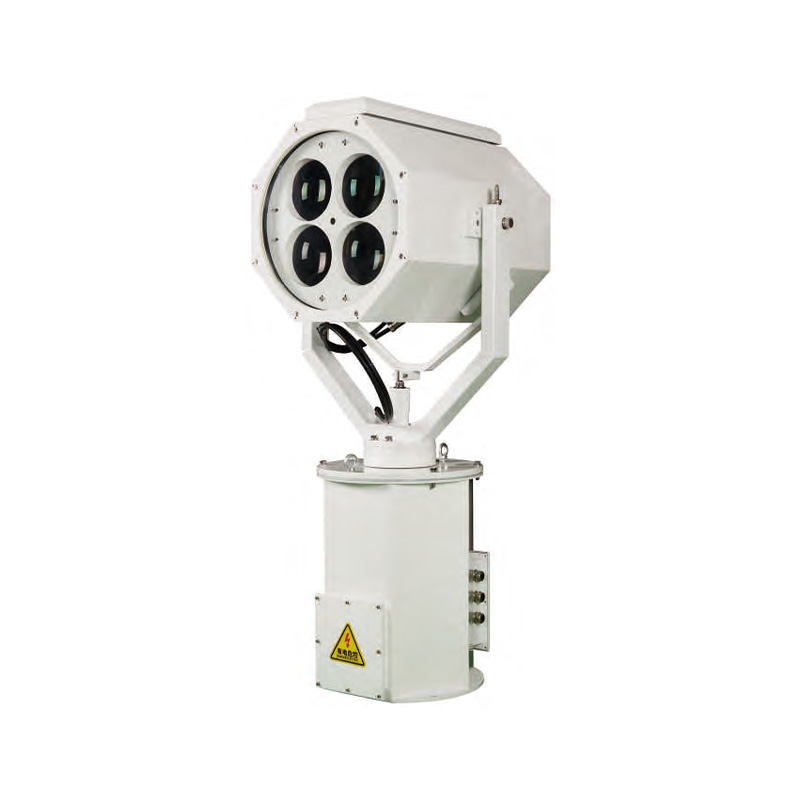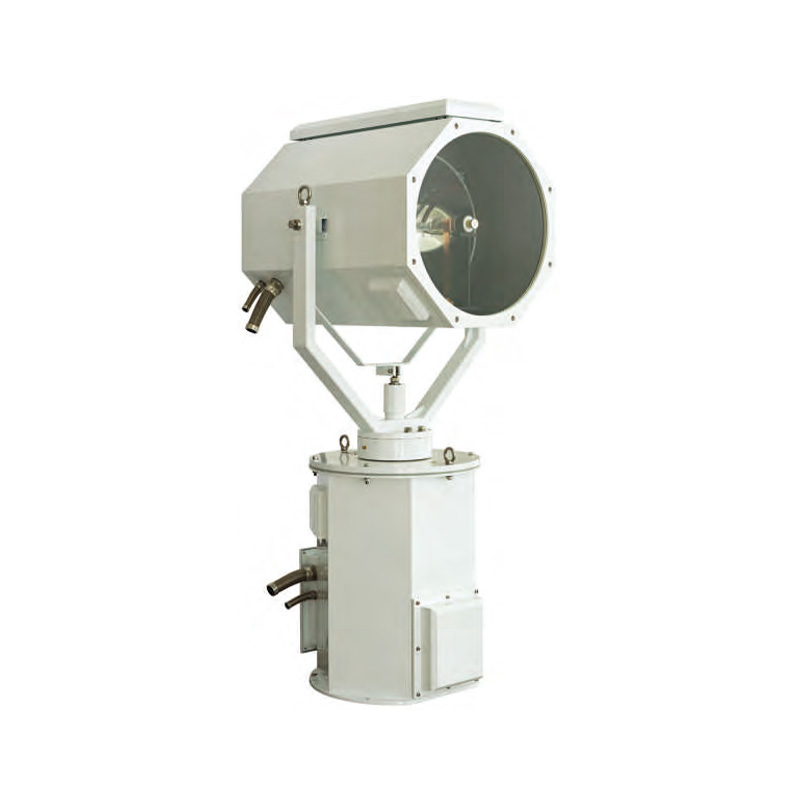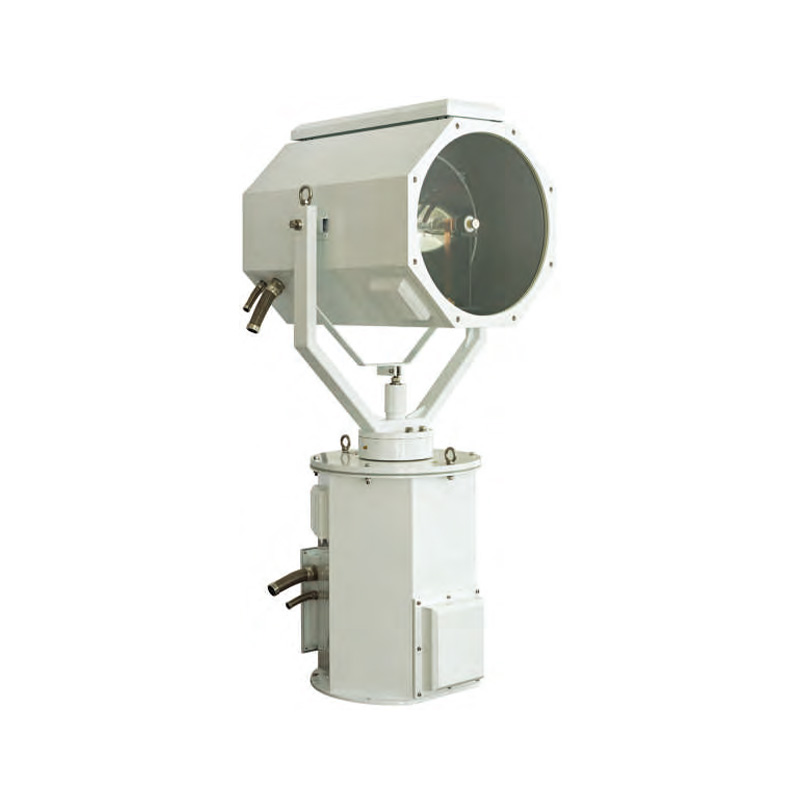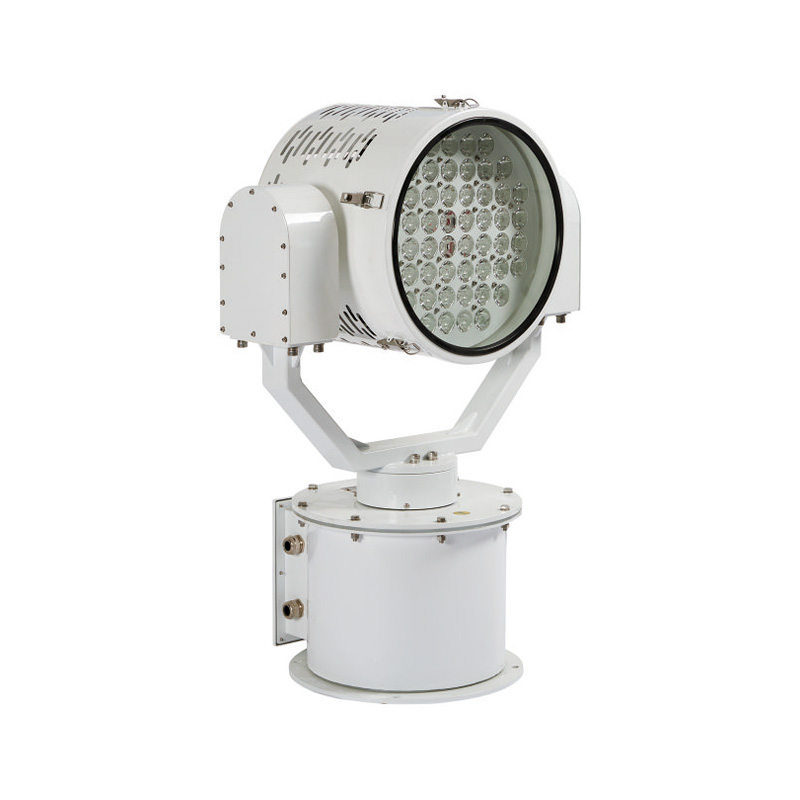How to Enhance Safety Features in Marine Searchlights
Marine searchlights help detect potential hazards like wrecks and other vessels during low-visibility events such as nighttime, fog, and storms. Apart from range and brightness, other metrics and attributes needed for operation including features to avert accidents have to validated for reliable operation. Robust safety features have become an obsession to marine manufacturers and operators because the business profitability depends on marine searchlights and their auxiliary offerings.
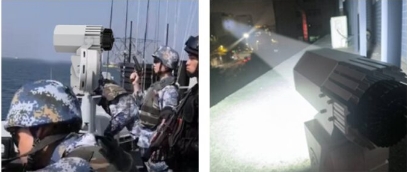
The Importance of Safety in Marine Searchlights
Electrocution, flashing over, and equipment burn-out are still some dangers that have not been eliminated during search and rescue, navigation, and reconnaissance at sea. Various types of searchlights facilitate illumination during such operations. Adequate regulation of heat, electrolysis, global regulation, and corrosion elimination helps boost reliability, safe accidents, and activity profit, all under unfavorable mechanics of the sea.
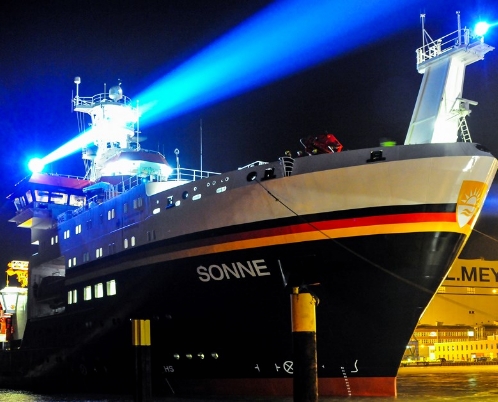
Challenges in Enhancing Safety Features in Marine Searchlights
| Challenge | Description | Impact on Safety Enhancement |
| Harsh Marine Environment | Exposure to saltwater, high humidity, strong winds, and temperature fluctuations | Increases corrosion and wear, making it difficult to maintain long-term reliability and safety |
| Heat Management | High-intensity beams generate substantial heat | Excess heat can damage components or pose fire hazards, requiring advanced thermal control systems |
| Electrical Risks | Vulnerability to short circuits and power failures | Unsafe electrical conditions can endanger crew and compromise equipment performance |
| Glare and Beam Control | Strong light can blind operators or nearby personnel | Poor beam control reduces operational safety and can cause navigation hazards |
| Mechanical Stability | Vibrations and rough seas affect searchlight alignment | Unstable mounting or anti-vibration systems can reduce precision and create safety risks |
| Space and Design Constraints | Limited space on vessels and compact designs | Balancing safety features with performance, weight, and size is challenging |
| Compliance with Standards | Meeting international standards like SOLAS, IEC, and DNV | Ensuring full compliance while innovating can increase design complexity and cost |
| Cost vs. Safety Trade-offs | Advanced safety features often increase production costs | Budget limitations may slow adoption of enhanced safety technologies |
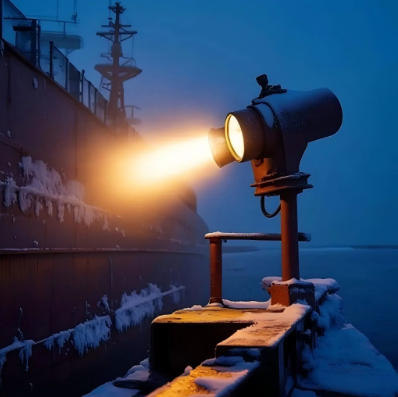
Key Strategies for Enhancing Safety Features in Marine Searchlights
1. Thermal Management
The operation of high-intensity searchlights is associated with the generation of excessive heat as by-product. When left unchecked, overheating can cause serious damage to the system by destroying critical components as well as posing the danger of fire. A reasonable approach is to integrate thermal sensors that will control overheating by varying the power output of the searchlights. In terms of crew and equipment safety, the application of heat absorbing materials as lens and housing components also provides thermal insulation.
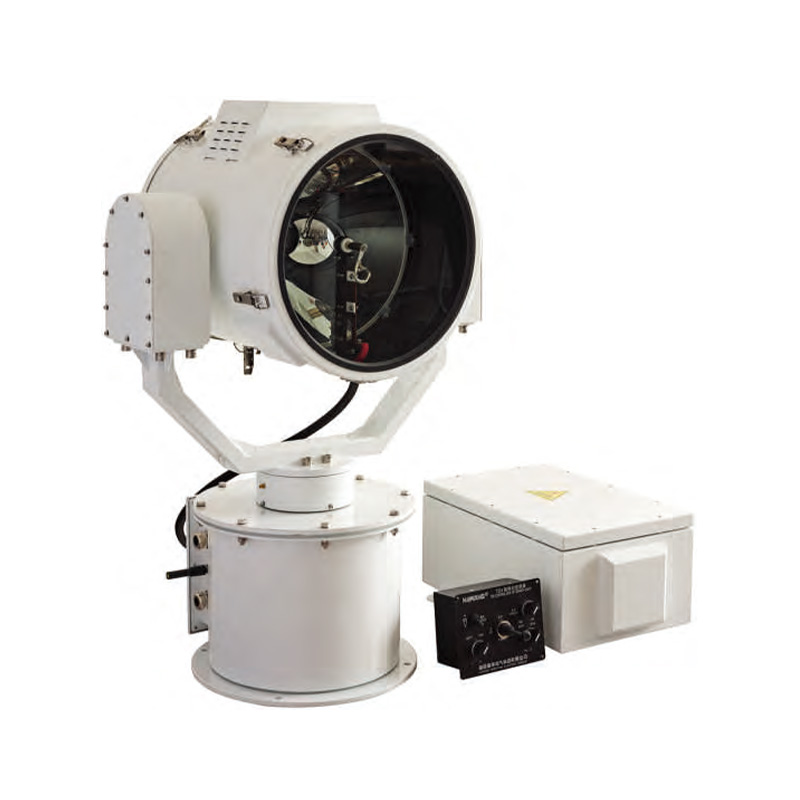
2. Corrosion Resistance and Waterproofing
Marine searchlights are constantly exposed to saltwater, high humidity, and extreme weather. These conditions can lead to electrical short circuits, corrosion, or mechanical failure if not addressed. Enhancing safety involves using corrosion-resistant metals and protective coatings, alongside fully sealed housings that prevent water ingress. This ensures reliable performance even under prolonged exposure to harsh environments.
3. LED Technology
LED technology has revolutionized marine searchlights by improving both performance and safety. LEDs generate less heat than traditional bulbs, reducing the risk of overheating and fire hazards, while providing consistent, high-intensity illumination for better visibility in low-light conditions. Their long lifespan and energy efficiency minimize maintenance and electrical failures, enhancing reliability during critical operations. Additionally, LED searchlights offer precise beam control and instant brightness adjustment, reducing glare and improving operator safety. Durable and resistant to vibration and impact, LED marine searchlights are ideally suited for the harsh marine environment, combining powerful illumination with advanced safety features.
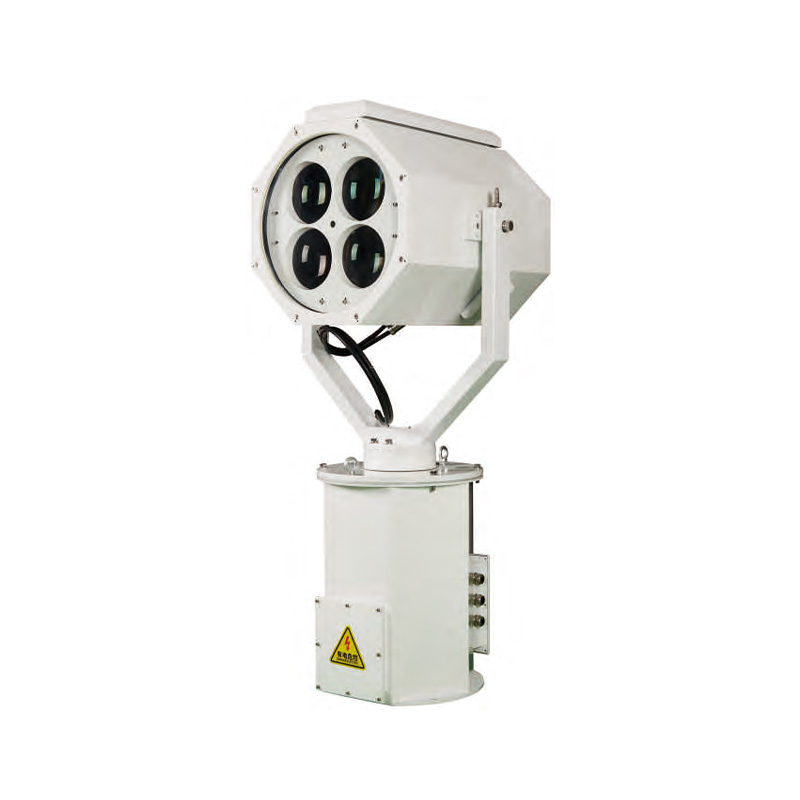
4. Beam Control and Glare Reduction
Searchlights serve the purpose of illuminating large areas from a distanced position. In accomplishing this purpose, uncontrolled glare is a danger to the searchlight operators and other personnel. Beams that are equipped with adjustable deflectors and diffusers can be used to reduce the chances of blinding the operators while still being operationally effective. Controlling beams of searchlights is also effective is reducing excessive light spillage, hence reducing light pollution while improving the safety of the vessels in the vicinity.
5. Intelligent Sensing and Adaptive Technology
Modern safety strategies include integrating sensors that detect movement, obstacles, or personnel. Searchlights can automatically adjust intensity or direction to avoid potential accidents. Motion stabilization and anti-vibration designs further enhance safety by keeping the beam accurate and stable even in rough sea conditions.
6. Emergency Backup and Redundancy
Uninterrupted operation is a testament to success for a mission of search and rescue. Searchlights are incredibly useful in performing these difficult tasks, and the incorporation of easier power systems, manual overrides, and dual power sources all during electrical failures allows for seamless uninterrupted power. Reliant systems serve to increase the overall safety of the crew, and all integrated systems within the machinery.
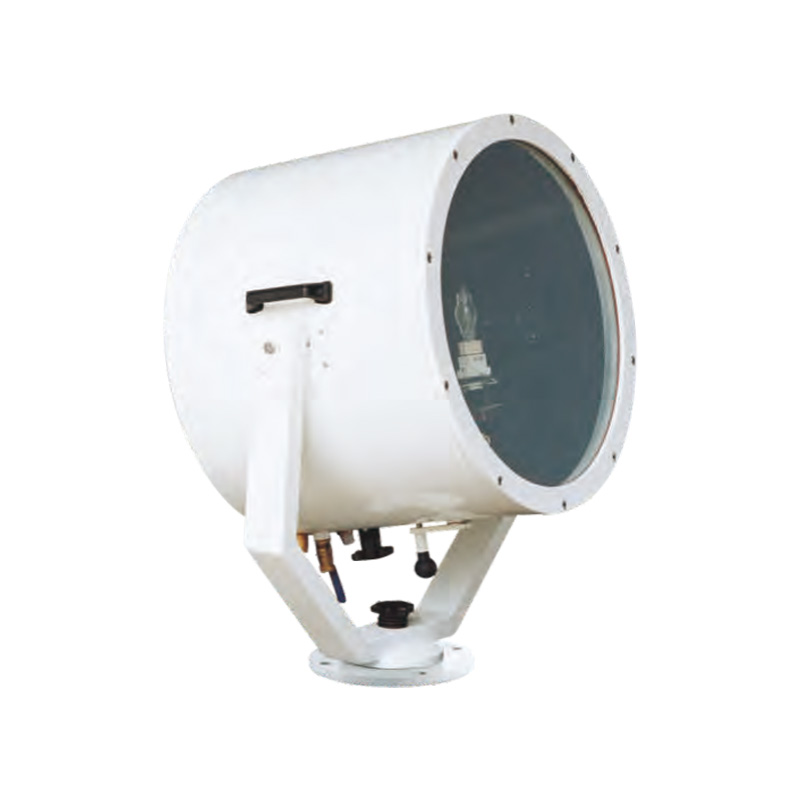
Future Trends in Enhancing Safety Features of Marine Searchlights
Portable designs strive to focus on the accurate distribution of thermal energy, management of corrosion, and control to eliminate glare. The principles of the latest technologies focus on searchlights that emphasize safety, and are much more stable and reliable. For manufacturers and maritime operators to adapt to these changing conditions for marine safety, understanding these changing principles is vital.
1. Integration of Smart Technologies
Marine search lights are benefiting greatly from the trend of smart technologies. IoT-enabled systems have real-time monitoring capabilities which assists in the early detection of faults and performing maintenance before failures. Additional technologies serve to enhance the reliability of the whole system, making it safer.
2. Advanced Thermal and Power Management
Future designs focus on elaborate and efficient thermal management systems that provide cooling for high intensity beams safely. Temperature controlling phase change materials and sophisticated heat-dissipation elements are under development for optimal operating conditions. Elsewhere, improved power management system designs, as well as backup batteries, dual power sources, and forward operating base (FOB) power, ensure seamless functionality in emergencies.
3. Enhanced Beam Control and Adaptive Illumination
Adaptive illumination is a vital technology. Newer searchlights are anticipated to incorporate self-steering beams that adjust to changes in the surrounds, vessel trajectory, and obstacle proximity for improved glare reduction and operator safety as well as enhanced safety for other vessels.
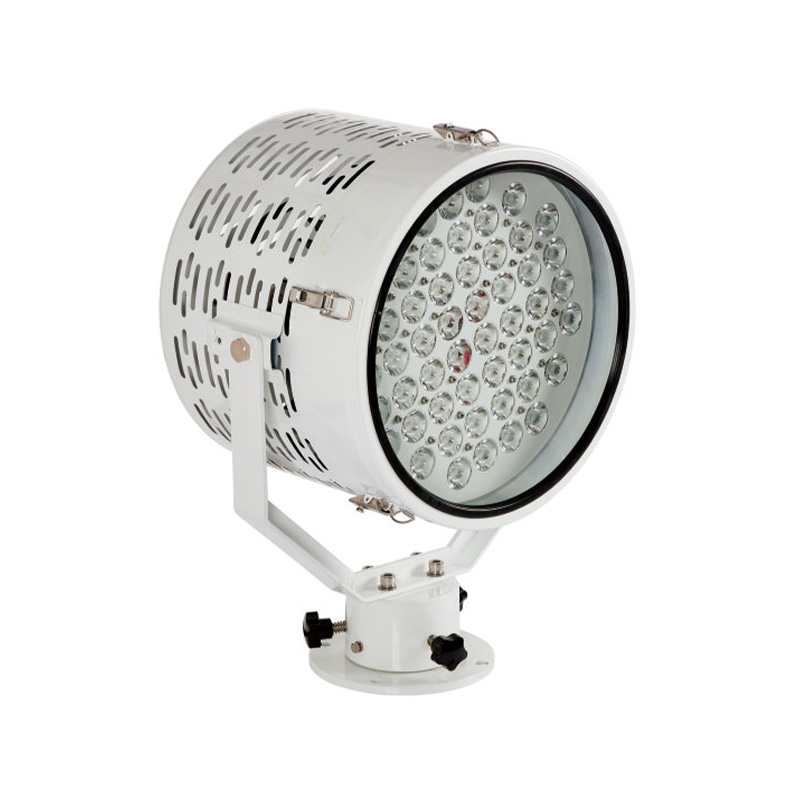
4. Use of Durable and Eco-Friendly Materials
Next generation Marine search lights are anticipated to utilize even more lightweight, impact resistant and corrosion resistant materials. There is also a growing focus on reducing the impact of other safety materials and processes through the use of more eco-friendly materials.
5. Integration with Navigation and Rescue Systems
Searchlights are anticipated to be more deeply fused with other onboard systems such as radar, GPS and autonomous rescue systems. This seamless integration of searchlights into navigation systems will optimize the performance and safety of the systems, as searchlights will be able to dynamically respond to the systems’ real-time navigational and rescue data.
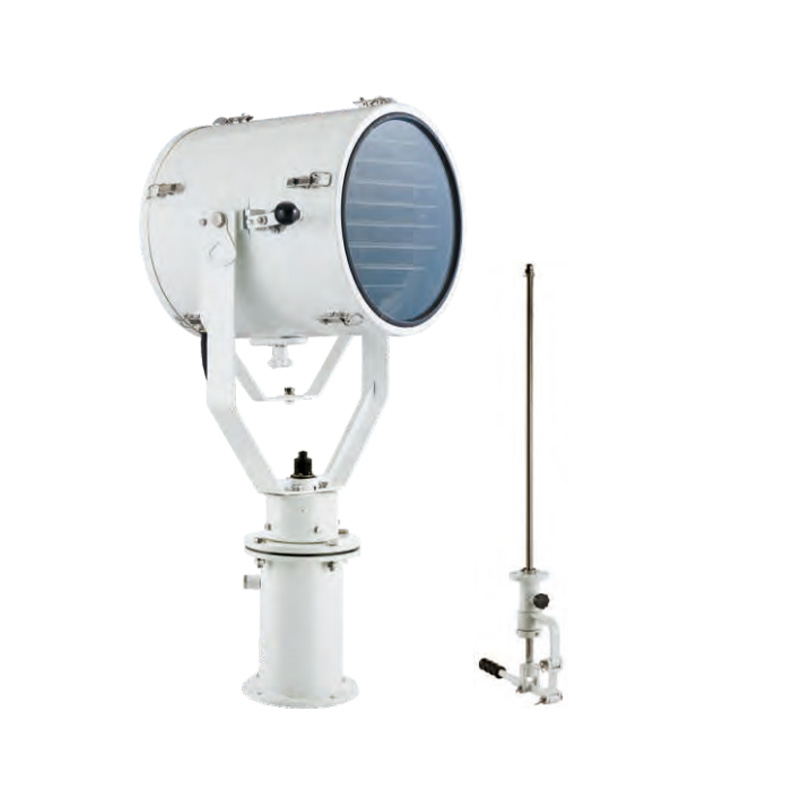
6. Compliance and Global Standardization
As the international safety standards evolve, future searchlights will have to integrate advanced safety technologies alongside more difficult criteria. Compliance across manufacturers will guarantee uniformity in the safety performance of vessels globally.
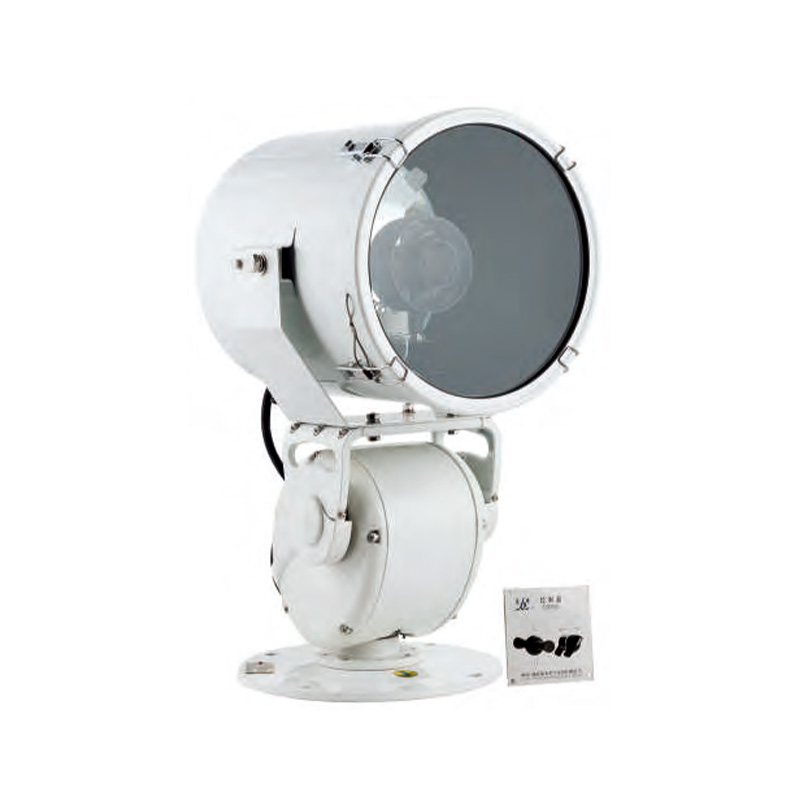
Summary
Enhancing safety features in marine searchlights is essential for protecting lives, vessels, and operational efficiency at sea. Modern searchlights utilize advanced engineering to guarantee safety in operations by smartly fusing durable materials, compliant sensors, thermal management, and global standard compliance. Every alteration to operational complexity at sea will be matched with an alteration in the searchlight design to ensure safety, which will be an unchanging focus of manufacturers and searchlight operators.
